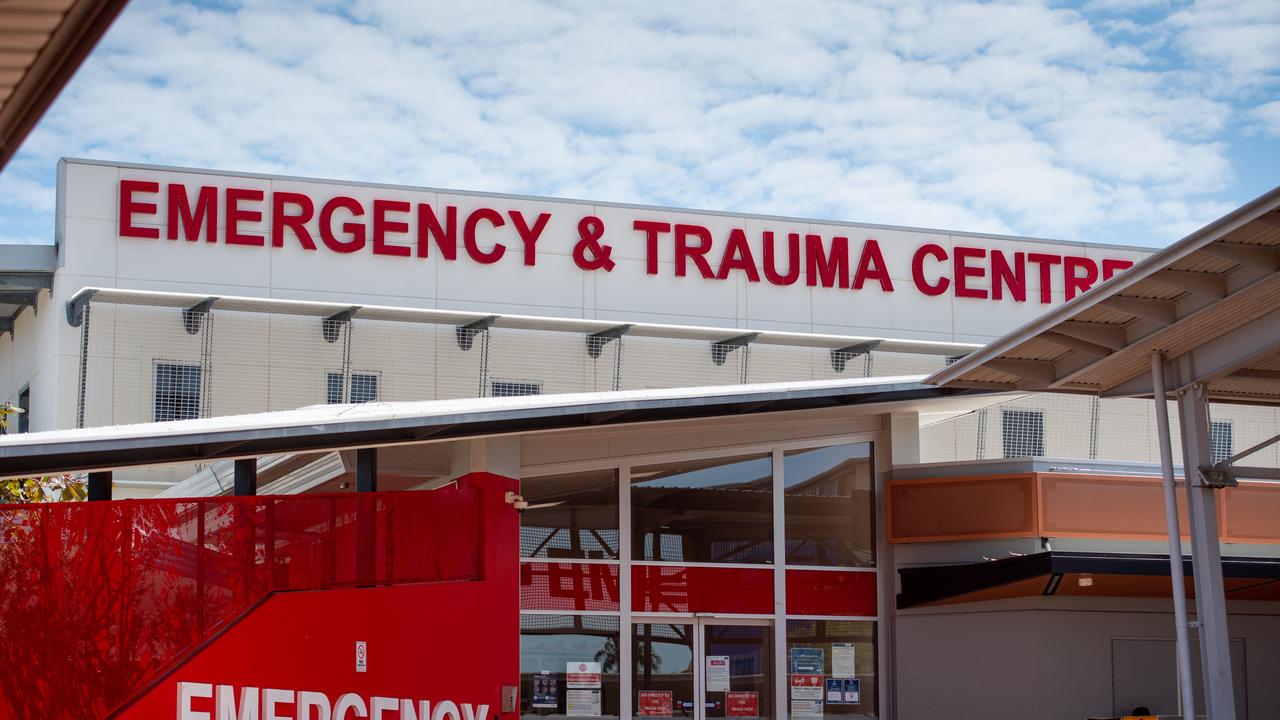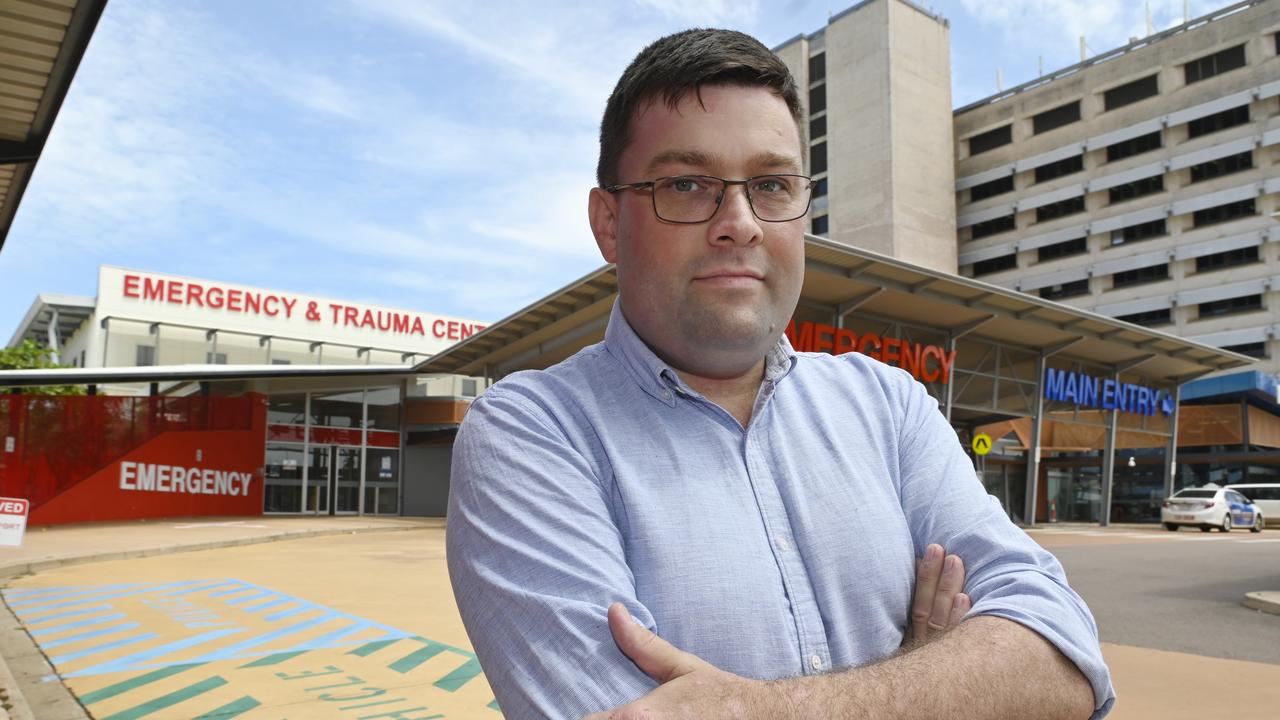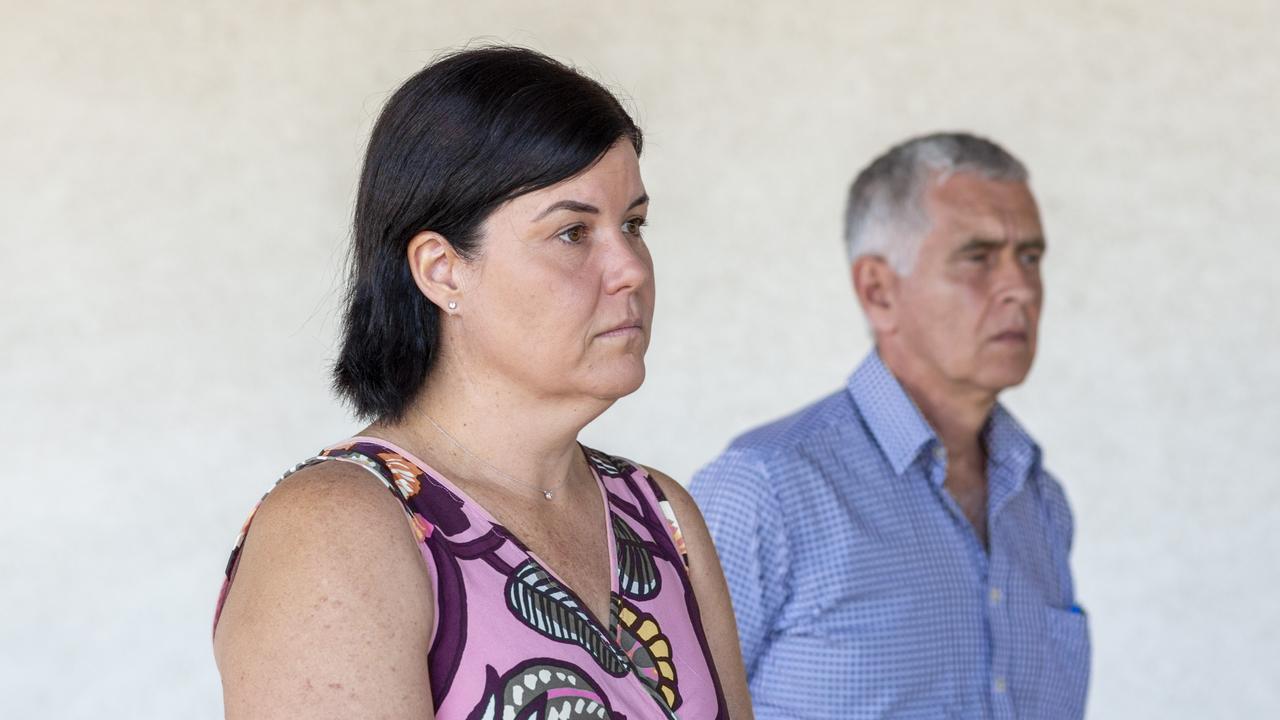Code yellow emergency responses come to an end after almost a week of staff shortages
Surgery and emergency patients were impacted as multiple code yellows hit three major Territory hospitals. Those responses are over as health leaders warn the system is in ‘crisis’ mode.

A chaotic week has come to an end as code yellows at multiple Territory hospitals are lifted.
Code yellows were declared at Royal Darwin Hospital and Palmerston Regional Hospital on Friday, causing both hospitals to go into crisis mode.
These emergency responses followed a code yellow at Katherine Hospital on Wednesday, which ended on Friday.
A code yellow was called due to a peak in hospital capacity following an increase in patient admissions who require acute care.
They signify a state of emergency with patients discharged earlier than normal while non-urgent surgeries are cancelled.
The emergency response wound down at both hospitals around 3pm on Tuesday, four days after being put in place.
It came to end due to a decrease in demand and the measures implemented working to ease pressure on the hospital system.
Chaotic 72 hours as ‘crisis’ hits NT hospitals, with no end in sight
Surgeries were cancelled amid pressure to discharge patients earlier than normal after code yellows were issued at three Northern Territory hospitals in 72 hours - and there’s no sign of the “crisis” ending soon.
The first emergency response was enacted at Katherine Hospital about 11.30pm last Wednesday due to an increase in emergency presentations.
It lifted on Friday.
Just hours later, code yellows were declared at Royal Darwin Hospital and Palmerston Regional Hospital.
Code yellows signify a state of emergency resulting in pressures to discharge patients earlier than normal and the cancellation of non-urgent surgeries, Australian Salaried Medical Officers’ Federation said.
ASMOF NT president Dr Thomas Fowles described the situation as a “crisis”.

“Health service managers have presided over hospitals that frequently fail to deliver high quality care, despite the best efforts of doctors and nurses,” Dr Fowles said.
“ASMOF NT calls for the Health Minister to hold the Regional Executive Director accountable for repeated region-wide failures of health care.”
During a press conference about nurse training programs on Monday, Chief Minster and Health Minister Natasha Fyles said a number of factors led to the code yellows.
“It’s a decision that’s not made lightly but it is part of the structures and it enables a number of mechanisms,” Ms Fyles said.
“There’s a number of factors to this surge.
“It is staffing related, but it also is, for example, mental health and we’ve got significant investment going into (that).”
Ms Fyles denied nursing attrition was a big issue for the sector.

“We do see a change over in our nursing staff, but we also have people that work for an incredibly long time within the NT health system,” Ms Fyles said.
“It’s no different to other occupations.”
About 170 graduate nurses and midwives started employment with NT Health this year - this was only 10 more than last year’s intake.
In the most recent half-yearly cohort, 83 per cent of graduates who trained at Royal Darwin and Palmerston hospitals took up employment afterwards in the NT.
Ms Fyles did not rule out making employment at NT Health mandatory for graduates.
The code yellows remain in place at Royal Darwin and Palmerston hospitals.
“While we are in this crisis, we want Territorians to know, doctors are still here for you,” Dr Fowles said.
“If you have an urgent medical issue, come to the hospital.
“If your medical issue is not urgent, please be understanding if it takes longer than usual to care for you.”




